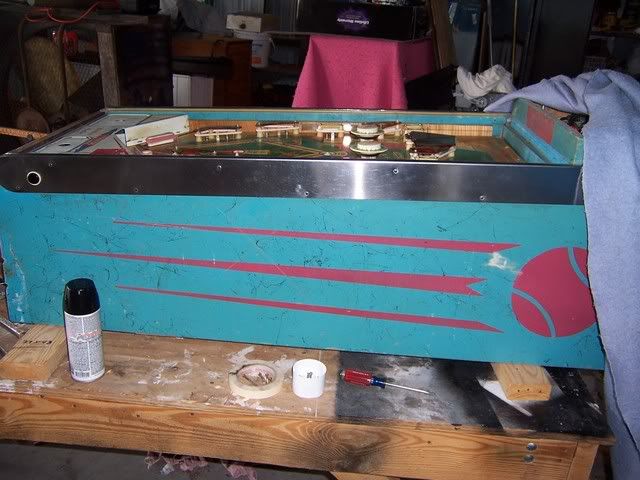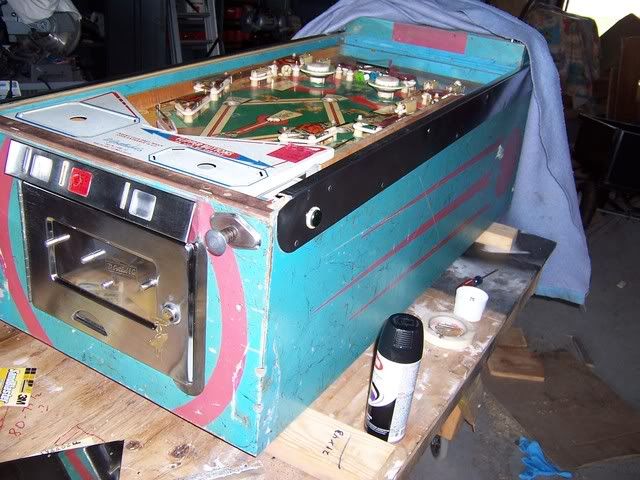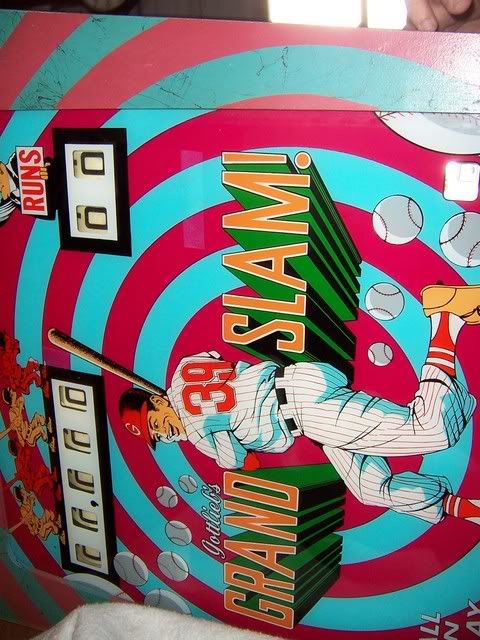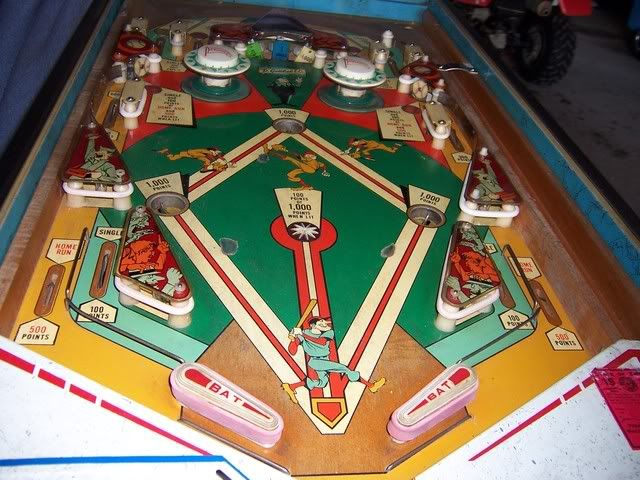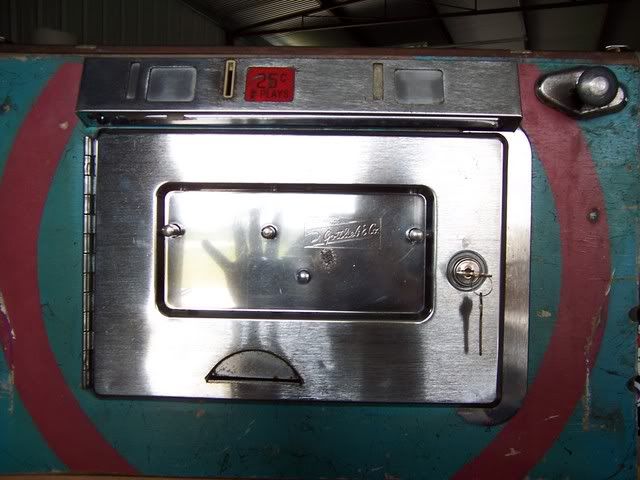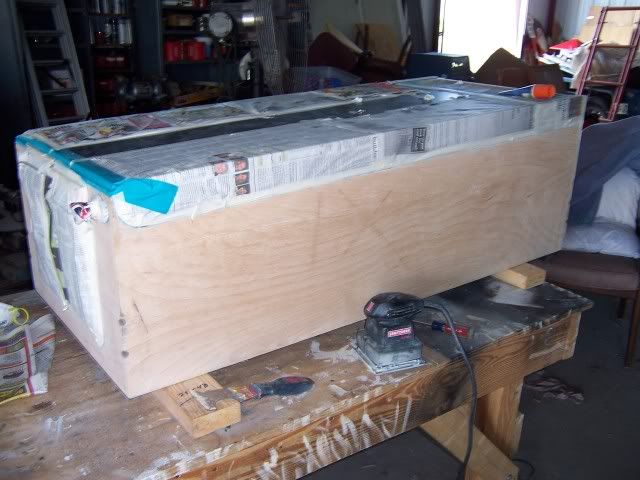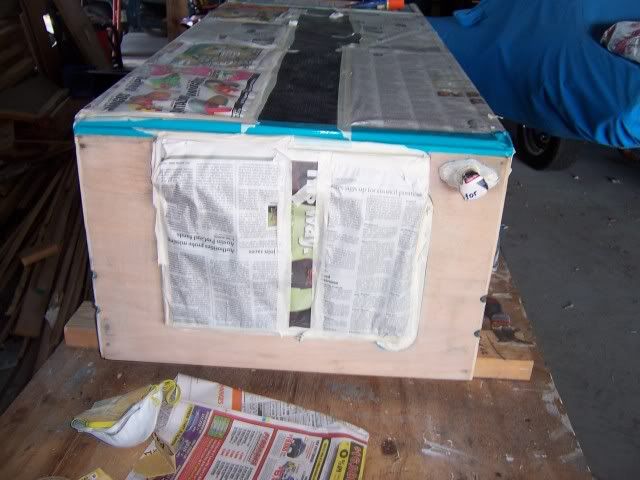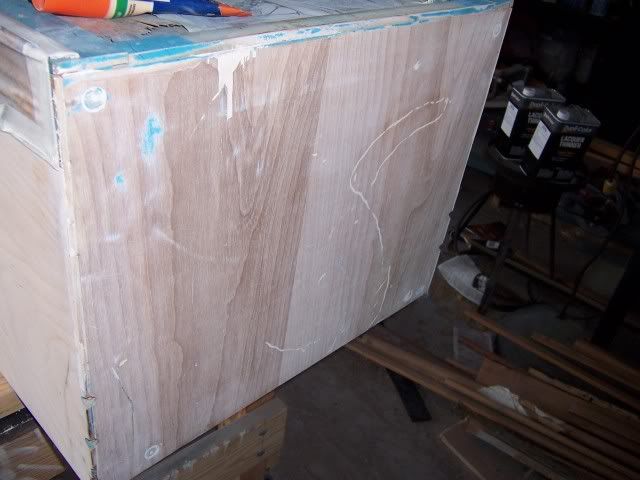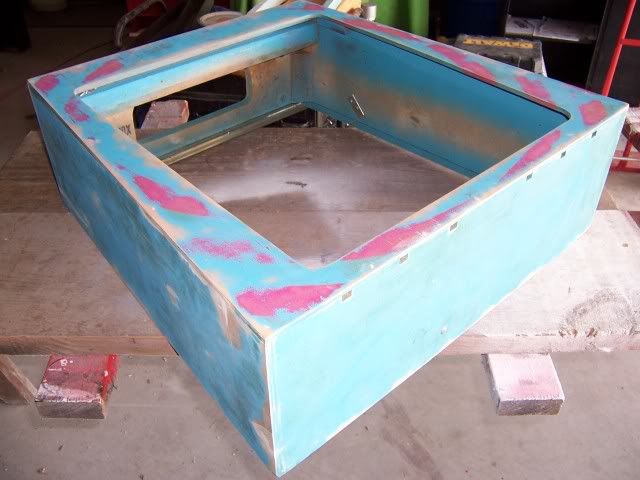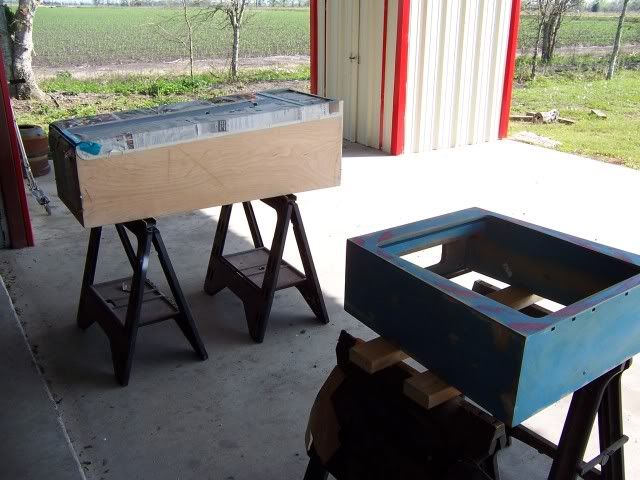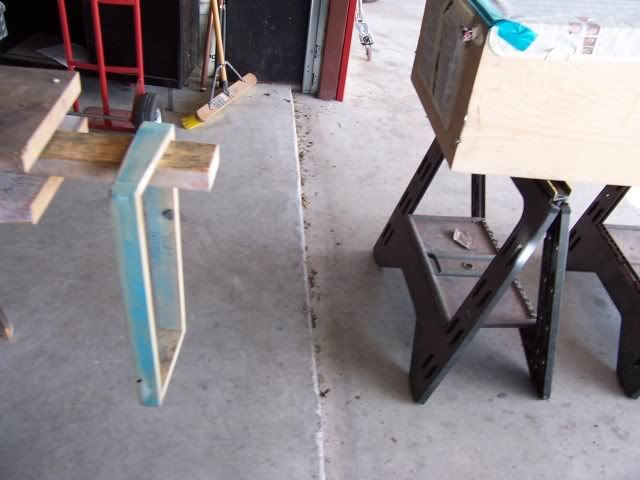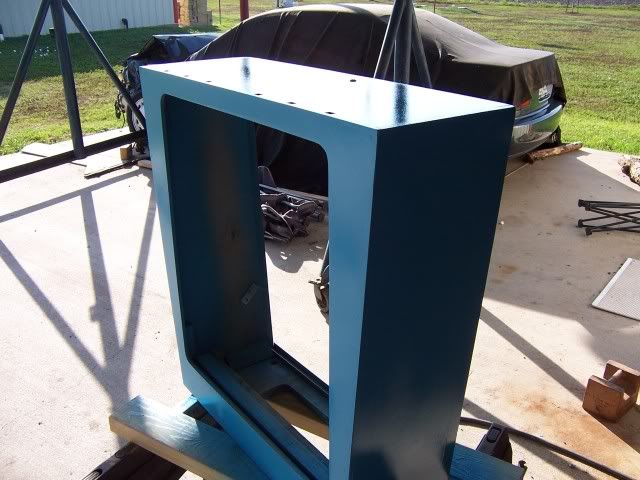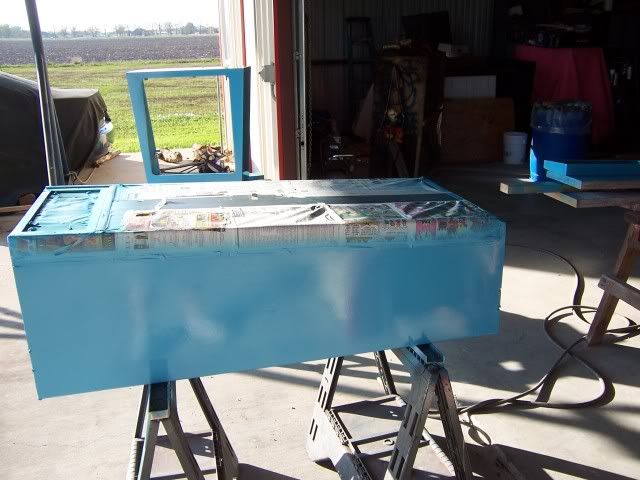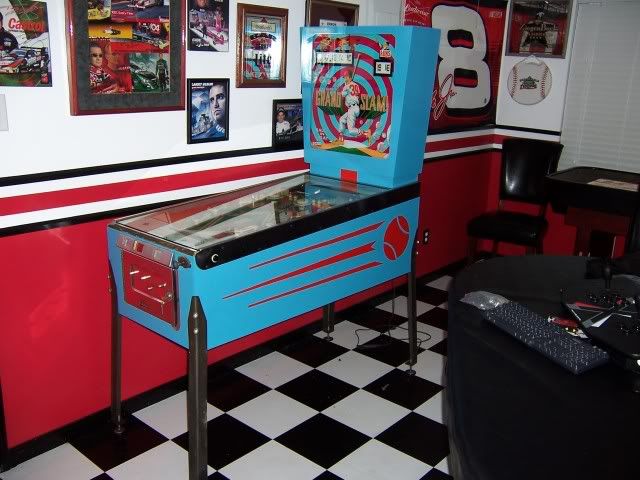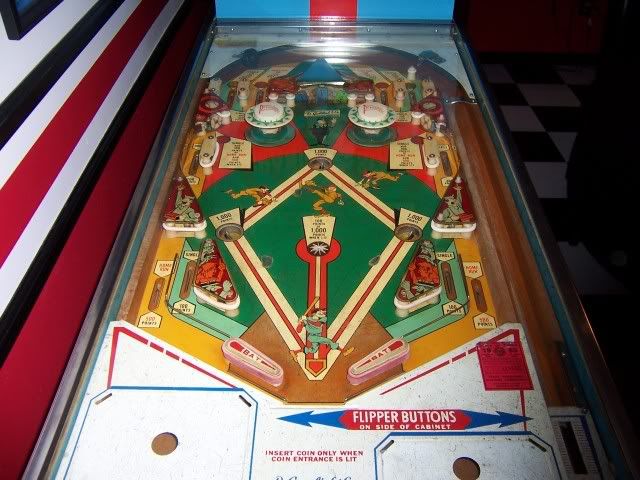teamhex said:
I still have a weak left flipper and the lights dim a bit when I use the flippers, is that normal? They also still buzz.
Phoenixx said:
Thats all absolutely normal for a machine like this, just think about what technology was like when this machine was made. Nowhere near as sophisticated as what we have today, every circuit in these machines is discrete, and the parts in these circuits of course deteriorate over time.
Phoenixx I bet you 3000 Credits (can't go much higher at present :D) that when that machine rolled off the assembly-line the flippers did not buzz or hum and the lights did not dim when the flippers were engaged. I used to play a six year old '76 EM pinnie and it neither buzzed nor dimmed.
Since the invention of the transistor in 1947 there have only been 3 new components added to the electronic toolkit - all based on it - the diac, triac and SCR.
The technology in that machine is _contemporary_. All we've done since then is minitiurise and integrate.
Even digital circuits are at core made of discrete, analog components.
But you are right in that every component in that thing will have drifted to some extent from it's original value 40 years ago. Resistors by as much as half, caps 1/4-1/2 depending on type, transistor gains down by 1/4. Insulation deteriorates allowing shorts through coil windings of transformers and solenoids.
The noise may be caused by arcing through the coil insulation at some resonant frequency dictated by the inductive reactance of the coil and the resistance or capacitance of surrounding components/wiring,
or a resonant circuit set up between the power supply and the bad coil in a feedback loop jiggling the actuator.
Did you ever hear of the (old) toaster that at a certain stage of it's life began to tune in to a local AM radio station? The inductance of the heating elements and the capacitance of the mains wiring set up a 'tank' circuit which had a resonant frequency which was (by chance) the same as the frequency of the radio station. The loose metal plate at the base of the toaster acted as both the detector diode and speaker.
Phoenixx said:
Everythings possible, in the end only your wallet is the limit,...
That's the bottom line, all right!!! You really need to replace _every_ electronic component in the box, including the wiring.
teamhex you're going to have to replace both flipper coils anyway, so bite the bullet and do them both at once.
But start with the cheap, easy-to-get stuff for the power supply - fuses, diodes, resistors and capacitors. Once it's up to spec you may find that other problems disappear entirely or are reduced in effect.
